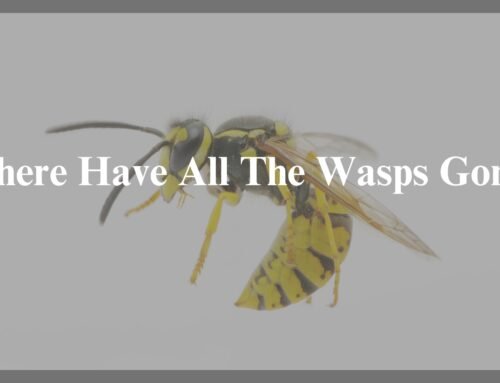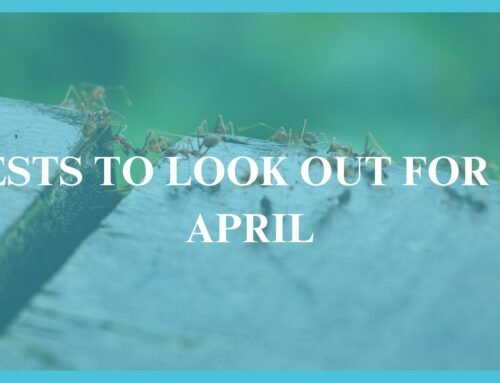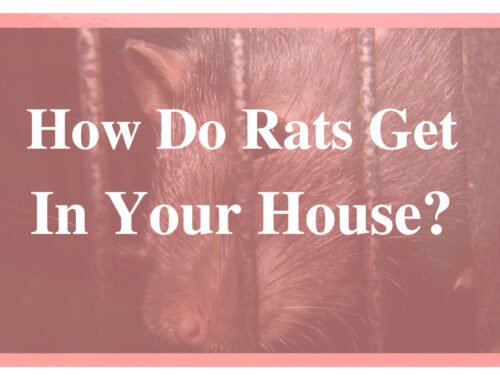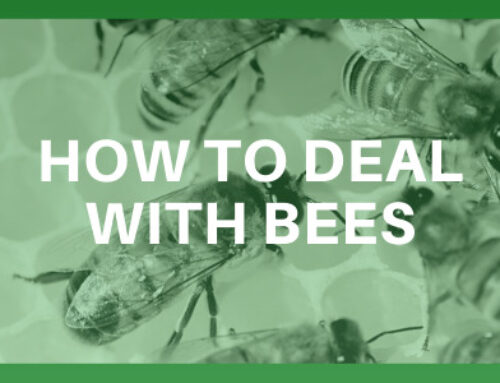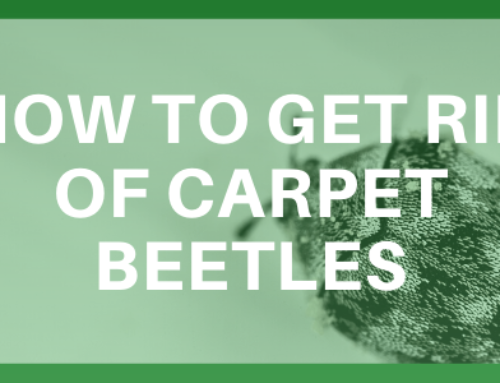Mice Infestation
Mice infestations are a common problem and can remain hidden for a long time before you even see signs of them.
If you suspect you have a mouse infestation then contact us and we will help you with the quickest and best way to get rid of mice.
Helpful information on Mice
Mice can breed very quickly and the damages they cause can be detrimental not only in the cost of any structural repair work from their chewing but also the risk to human health as they spread diseases including salmonella and leptospirosis (weil’s disease).
There are 3 main species of mice that you may come across as a pest in the UK
House Mouse (Mus Domesticus)
- Around 950mm long with a pointed snout, large round ears, small feet unlike the field mouse and with a long almost hairless looking tail
- The house mouse has benefited so well from human habitation that wild populations are less common than semi tame populations in or around human activity
- The lifespan of a mouse is around 1 year, but indoors house mice can live up to 3 years
- They eat around 3 grams of food per day
Field Mouse (Apodemus Sylvaticus)
- Also known as wood mouse
- Roughly 150mm long including their tail and have sandy/orange fur along their head and back with yellowish flanks and a white belly
- Their lifespan is between 1-3 years depending on predation and their environment
- Field mice will usually go into outhouses and sheds where food may be stored and can be a bigger threat to agriculture and farming where large quantities of cereal crops are stored
Yellow Necked Field Mouse (Apodemus Flavicollis)
- Approximately 170mm long including their tails with large ears, protruding eyes and have brown fur on their backs, a white belly and a complete band of yellow fur around the neck
- The yellow necked field mouse has a short lifespan of just 3-4 months
How to identify a mice infestation
The best time to check is at dusk. Look for tracks, Mice droppings, live or dead mice, gnawing damage, urine stains, and grease stains. Another sign of possible mice activity is having your pet suddenly become excited or upset when mice enter an area.
How to prevent a mice infestation
Inspect the area for openings that mice can use to enter your home. Mice can enter through cracks in foundations, floors, or walls.
A mouse can fit through a very tiny opening due to its soft cartilages. They can also squeeze through small gaps around utility lines and drainage pipes. All openings that are larger than 1/4″ should be sealed to exclude mice. Unfortunately, it may be challenging to find all entry points since mice can enter through such small openings.
How to get rid of mice?
The most effective and quickest way to get rid of mice from your home or business is to use a professional in mouse control who will use integrated pest management to control them.
Our mouse pest control plan follows a 3-step plan with a 4th as an optional extra.
- Carry out a professional survey to work out the level of the infestation and the access points they are using.
- Use the appropriate treatments to quickly and effectively erase the mice.
- Advise you on the proofing measures needed to prevent future infestations and carry out any work needed.
- Using our specialist machinery, we can mist either:
– A biocide effective against bacteria, viruses and fungi through anywhere that contamination could pose a risk to you.
– A highly effective odour control product which will get rid of any smells the mice will have left through urine and faeces.
If you want to know what the noise in your loft at night is or if you have seen a mouse in or near your home or business, then give our experts a call to resolve your problem and give you advice to prevent any future mice infestations.
How much does mouse pest control cost?
For a quote on mice pest control, do not hesitate to contact us via email at contact@eraserpest.com or call us on 07572 458216.





